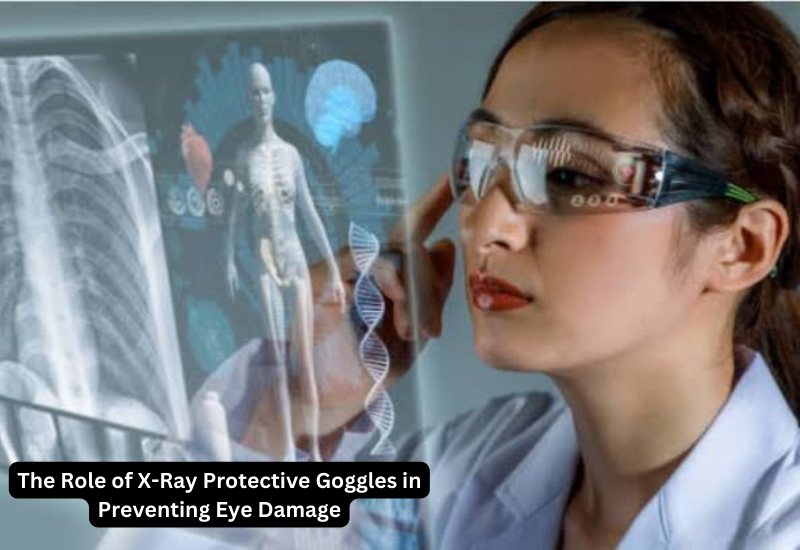The Role of X-Ray Protective Goggles in Preventing Eye Damage

Medical imaging workers in the healthcare industry are often exposed to radiation. They need to protect their eyes from the harmful effects of this radiation. However, any pair of glasses won’t do. They need appropriate eyewear. Why is this so important?
Why Eye Protection is Needed
Radiation may severely damage the eyes. However, even if there is no immediate damage, the effects of radiation exposure can build with time. The person might find they must cut their career short because they developed an illness or injury due to ongoing exposure. Medical imaging professionals wear eye shields and other protective equipment, such as lead gloves and thyroid shields, to prevent this from happening.
The Effect of Radiation on Vision
Radiation exposure affects several eye parts, including the conjunctiva, iris, and retinal blood vessels. The lens may sustain permanent damage with just one exposure, and medical professionals are often regularly exposed. They can prevent this damage with the help of x-ray protective goggles.
If left unprotected, the eyes may form cataracts. Low doses of radiation often lead to abnormalities in the lens cells. When these cells mutate, they die, and the lens becomes cloudy. Wearing goggles reduces the risk of radiation-induced cataracts developing. However, this is only one of the ways radiation may damage vision.
Radiation increases light-scattering intensities or LSIs. A person exposed to LSIs has a higher risk of developing cataracts. Cataracts are treatable, but prevention remains the best option. Radiation-protection goggles reduce the risk of cataracts and other eye damage.
Benefits of Lead Glasses
Lead glasses remain the preferred choice of medical professionals when it comes to protecting the eyes from radiation. They reduce the impact of this exposure on the lenses, so damaging radiation cannot reach the eyes when the glasses are worn. According to one study, they actually reduce the radiation dose rate on the lens by up to ten times. Eye doctors and other professionals in the industry state radiology specialists need to use these glasses whenever working around X-ray machines and other machines that produce radiation to keep the eyes safe.
Who Needs These Goggles?
Any person operating a machine that uses radiation must have these glasses before starting the machine. However, radiation particles scatter, so people outside of the direct path of the radiation might still be affected. Any person working in an area where radiation might be present must wear goggles to protect the eyes from harm. One can never be too careful when working around radiation.
Choosing Eye Protection Devices
Consider several factors when investing in eye protection devices. Look for glasses that provide the desired level of protection and choose a pair that accounts for peripheral vision. Please ensure the goggles are comfortable when worn and fit correctly. A proper fit is needed to reduce radiation exposure. If the glasses slide around when the wearer moves their head, they don’t fit properly. As accidents happen, the glasses or goggles must withstand being dropped and resist scratches. The glasses should remain intact and provide the desired protection following an accident.
Lead-based barrier technologies remain the best way to protect the eyes from radiation exposure. This dense metal offers the highest level of protection by reducing the effects of gamma rays. Invest in quality goggles or glasses today, as one’s vision is too precious to leave to chance.






